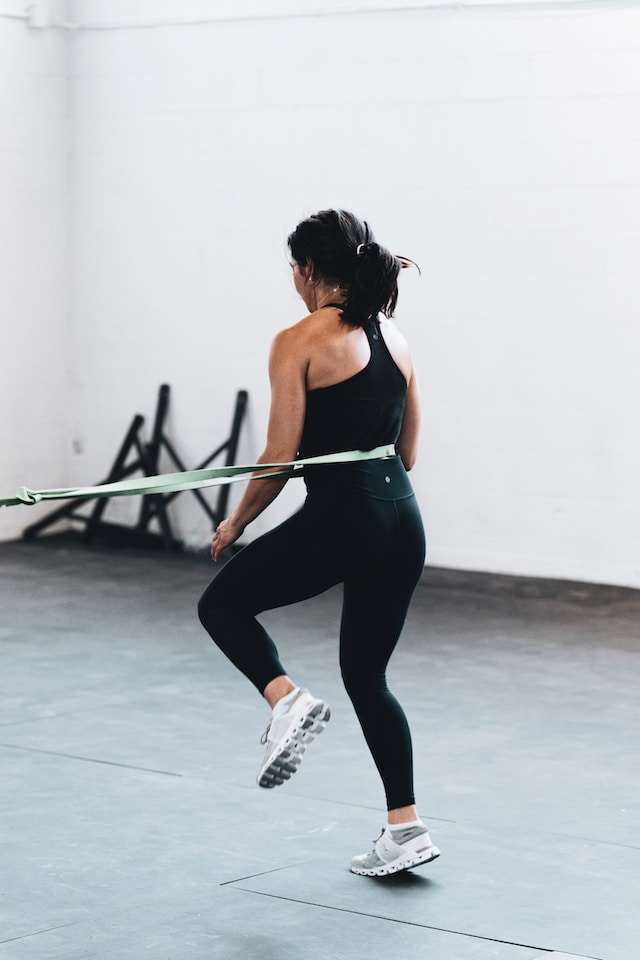In recent years, resistance bands have taken the fitness world by storm, and for a good reason. These simple yet versatile tools have become a staple in the arsenal of fitness enthusiasts, athletes, and even those just starting their fitness journey. Whether you’re looking to tone your muscles, improve flexibility, or build strength, resistance bands in the UK are making waves as an affordable and effective workout accessory.
In this blog, we’ll delve into the world of resistance bands in the UK, exploring their benefits, different types, and how you can incorporate them into your fitness routine for incredible results.
Benefits of Using Resistance Bands
- Convenience and Portability: Resistance bands are incredibly compact and lightweight. They can fit in your gym bag or even your suitcase, making them the perfect workout companion for those on the go. Whether you’re traveling, at home, or in a gym, resistance bands are always ready to be used.
- Versatility: One of the most significant advantages of resistance bands is their versatility. They offer a wide range of resistance levels, allowing users of all fitness levels to benefit from them. This adaptability means you can target different muscle groups and adjust the intensity of your workout.
- Low Impact: For individuals with joint issues or those who prefer low-impact exercise, resistance bands provide a fantastic option. They offer the benefits of strength training without the potential joint strain that can come with heavyweights.
- Affordability: Purchasing a set of resistance bands is an economical choice compared to expensive gym memberships or the cost of buying weightlifting equipment.
Types of Resistance Bands
- Loop Bands: These are small, continuous loops of rubber or fabric, designed for various lower-body exercises like squats, leg lifts, and glute bridges. They come in different resistance levels, making them ideal for anyone from beginners to advanced users.
- Tube Bands: These bands have handles and are excellent for upper body exercises such as bicep curls, tricep extensions, and shoulder presses. Tube bands can also be used for lower body exercises, adding variety to your workouts.
- Flat Bands: These bands are typically wider and can be used for a wide range of exercises. They’re often employed in physical therapy and rehabilitation routines, as well as for general strength training.
How to Incorporate Resistance Bands into Your Workouts
- Strength Training: Use resistance bands to enhance your strength training routine. For example, incorporate them into squats, lunges, or chest presses to increase the intensity of your workout.
- Flexibility and Mobility: Resistance bands are excellent tools for improving flexibility and mobility. Stretching exercises, such as hamstring stretches or hip openers, can be enhanced with the added resistance of bands.
- Physical Therapy and Rehabilitation: If you’re recovering from an injury or need rehabilitation exercises, resistance bands are gentle yet effective tools to aid your recovery.
- Calisthenics: If you’re into calisthenics or bodyweight exercises, resistance bands can be used to add resistance to exercises like pull-ups or dips.
Conclusion
Resistance bands in the UK offer a cost-effective and adaptable solution for individuals looking to improve their fitness levels. With a variety of types and resistance levels available, they cater to a broad spectrum of fitness goals and abilities. Whether you’re at home, in the gym, or on the go, resistance bands are ready to help you achieve your fitness aspirations. So, why wait? Incorporate these versatile tools into your fitness routine and unlock your full potential. Your journey to a healthier, fitter you is just a resistance band away!
